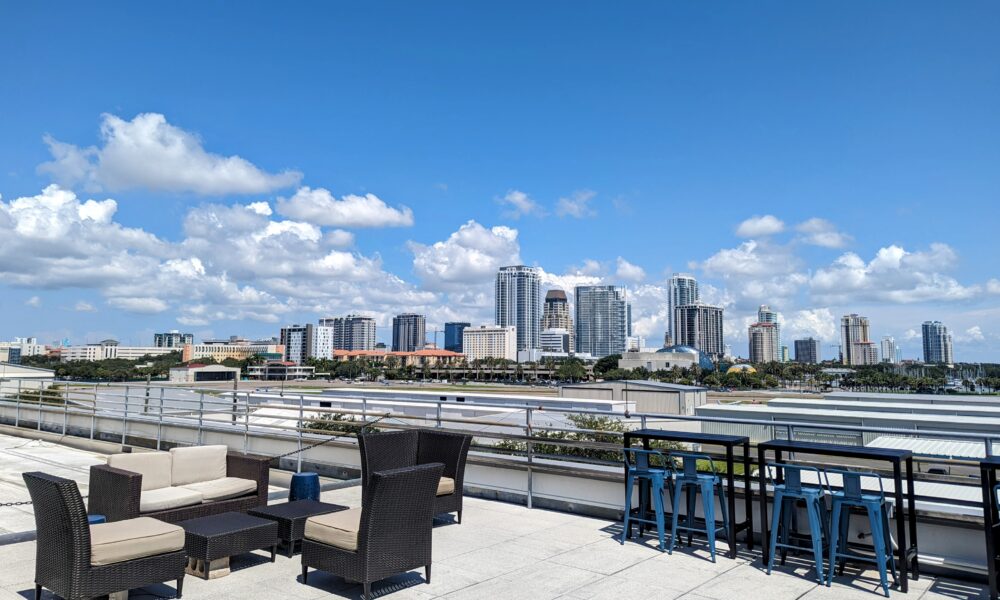Evaluating condominium amenities requires looking beyond flashy features to determine which ones truly enhance your lifestyle and property value. While developers showcase impressive amenity lists in projects like promenade-peaks.com.sg, savvy buyers must distinguish between amenities that justify higher purchase prices and maintenance fees versus those that look appealing in marketing materials but add little practical value. This evaluation process helps ensure you’re not paying a premium for rarely used facilities.
Daily-use vs. occasional amenities
The value of condominium amenities largely depends on how frequently you’ll use them and how they integrate with your lifestyle. This practical consideration should guide your evaluation more than the impression factor. Daily-use amenities provide consistent value because they become part of your routine:
- Secure parking facilities with sound access systems
- Well-maintained elevators with reasonable wait times
- Quality gym equipment that matches your fitness needs
- Convenient package receiving areas and mail services
- Fast, reliable Wi-Fi in common areas
- Functional co-working spaces for remote work
Occasional-use amenities might seem impressive during property viewings but may not justify their maintenance costs if used rarely. Grand ballrooms, elaborate water features, or specialised sports facilities often fall into this category. Before being swayed by these showpiece amenities, assess how you would usually use them based on your current habits, not aspirational ones.
Maintenance cost equation
Every amenity comes with ongoing costs that property owners bear through monthly fees. These expenses include regular maintenance, periodic upgrades, staffing requirements, and utility consumption. The maintenance cost equation helps determine whether an amenity delivers good value. Swimming pools illustrate this equation perfectly. A well-designed pool with proper heating/cooling systems provides genuine value in tropical climates where residents can use it year-round. However, the same pool in a temperate climate might sit unused for months while incurring maintenance costs, chlorination expenses, and periodic repairs.
Life stage alignment matters
The value of amenities fluctuates based on your current life stage and how well they match your evolving needs. This personal valuation factor is often overlooked but can make a substantial difference in satisfaction with your purchase. For young professionals:
- High-speed internet infrastructure throughout common areas
- Private meeting pods for video calls
- Extended-hours fitness centres with quality equipment
- Social spaces designed for networking and community building
- Easy-access delivery systems for food and packages
Families with children might prioritise completely different amenities, such as splash pads, playgrounds with shade covers, homework rooms, or school proximity. Meanwhile, empty nesters and retirees often value guest suites for visiting family, workshop spaces for hobbies, and wellness amenities like meditation gardens or walking paths.
Quality vs. quantity trade-off
When assessing amenities, the quality of execution often matters more than the number of features listed in the marketing brochure. This quality assessment requires looking beyond surface appearances during property viewings. High-quality amenities feature appropriate sizing for the resident population, preventing overcrowding during peak usage times. Thoughtful design elements make spaces more functional—proper acoustics in movie rooms, adequate ventilation in gyms, or ergonomic furniture in co-working spaces all enhance the user experience substantially.
Before making a purchase decision, request to visit amenities during peak usage hours to assess crowding, noise levels, and how well they function under real-world conditions rather than during a choreographed tour.

